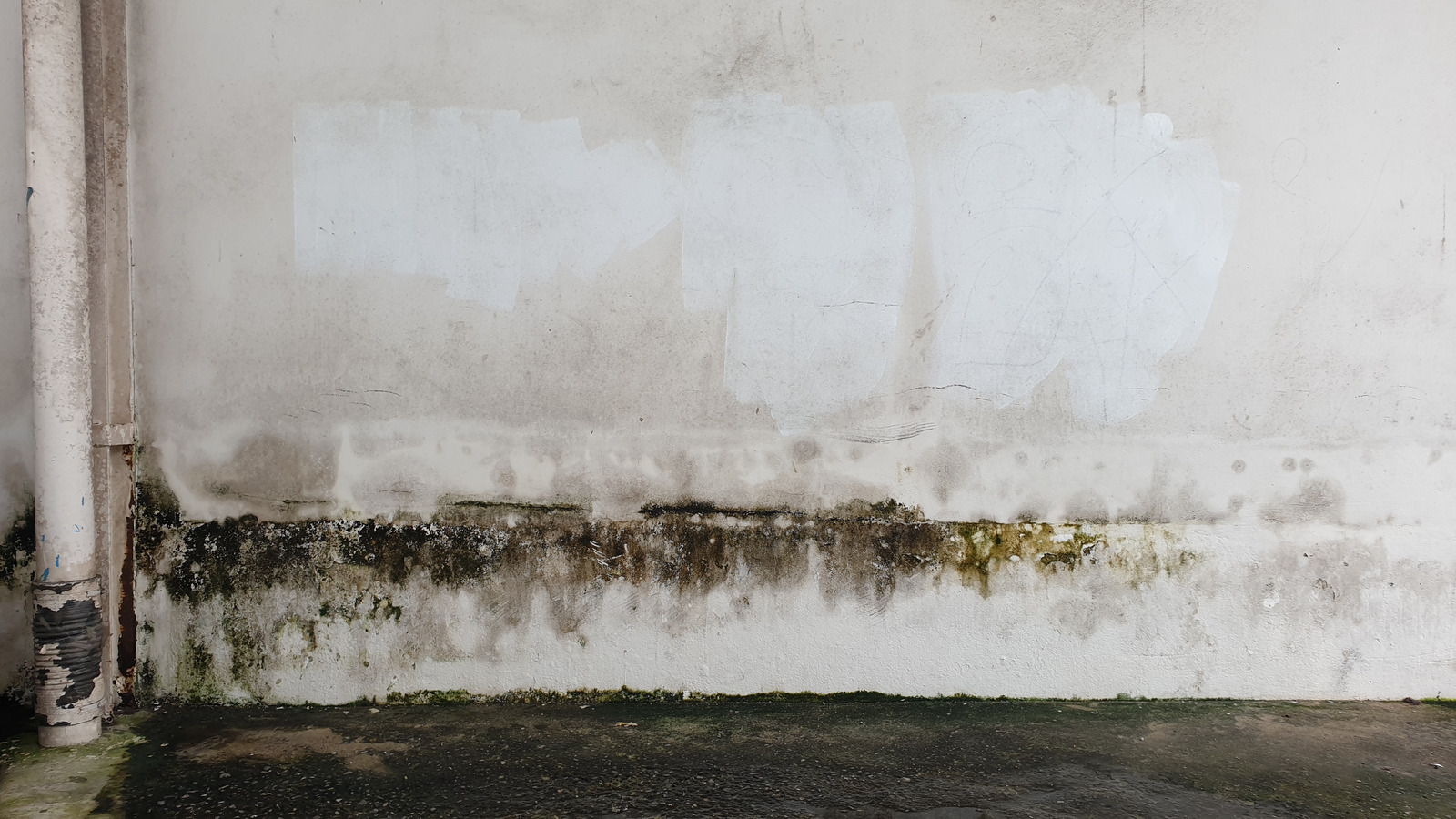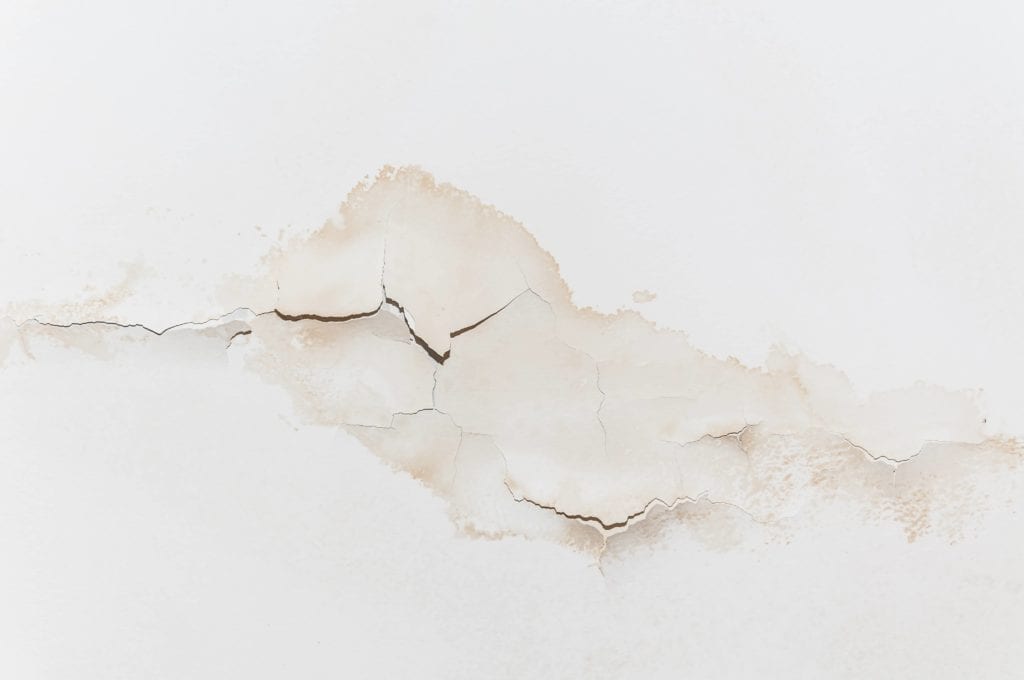Steps to Detect and Fix Water Stains Speedily
Steps to Detect and Fix Water Stains Speedily
Blog Article
Presented here below you'll find more extremely good data pertaining to Water Stains on Walls.

Water spots on walls are not pleasant to the eyes. Your residence must be without stains on the wall surfaces, roofing, or floors. That is the ideal state of a house and its frameworks. Often it seems virtually inescapable to experience water stains on wall surfaces in homes.
Property owners staying in damp areas continuously manage the concern of water discolorations on walls. Yet that doesn't need to hold true for you. With precise and also all-around info on the sources of water stains and also prompt repair work procedures, you will always be an action ahead of such events. This article guarantees to be a handy guide for you.
3 Common Root Causes Of Water Discolorations on Walls
In contrast to popular belief, water spots on walls do not constantly originate from inadequate structure products. There are numerous sources of water stains on walls. These include:
Poor Drainage
When making a building plan, it is important to make sure appropriate drain. This will avoid water from leaking into the walls. Where the drainage system is clogged or nonexistent, below ground dampness accumulates. This web links to extreme dampness that you discover on the walls of your building.
The leading cause of wet wall surfaces, in this instance, can be a bad drainage system. It can also result from inadequate administration of sewage pipelines that go through the building.
Damp
When warm damp air meets with dry cool air, it triggers water droplets to base on the wall surfaces of buildings. This takes place in shower rooms and kitchens when there is vapor from cooking or showers. The water droplets can discolor the surrounding walls in these parts of your residence and infect other locations.
Wet or condensation affects the roof covering and walls of structures. When the wall is damp, it creates an appropriate environment for the growth of germs and fungis.
Pipeline Leaks
Most houses have a network of pipes within the walls. This makes sure that the pipelines are well away from the reach of harmful rodents. It always boosts the viability of such pipes, as there is little oxygen within the wall surfaces. This inhibits rust.
A downside to this is that water leakage impacts the wall surfaces of the structure and causes extensive damages. A dead giveaway of damaged pipes is the appearance of a water discolor on the wall surface.
Water Spots on Wall Surface: Fixing Tips
When dealing with water spots, home owners would usually desire a fast solution. They would quickly understand this is disadvantageous as the water discolorations reoccur. Below are a couple of valuable suggestions that will lead you in the repair service of water spots on wall surfaces:
Pro Pointer
A houseplant in your house also raises its moisture. If the home is already moist, you may desire to introduce houseplants with marginal transpiration. An instance of suitable houseplants is succulents.
Verdict
No one desires to have water stains on wall surfaces in their home, it can take place to the best of us. This write-up provides you utilize, as you now know exactly how to manage this incident if it does take place.
It is always best to hire professional solutions to help deal with the damages in your house.
Sometimes it appears almost inescapable to experience water discolorations on walls in residences.
Contrary to prominent idea, water spots on wall surfaces do not constantly stem from poor structure materials. There are a number of reasons of water discolorations on wall surfaces. The water beads can tarnish the bordering wall surfaces in these components of your home as well as spread to various other locations.
Here are a few handy suggestions that will certainly guide you in the repair service of water discolorations on walls:
How to Remove Water Stains From Your Walls Without Repainting
The easy way to get water stains off walls
Water stains aren’t going to appear on tile; they need a more absorbent surface, which is why they show up on bare walls. Since your walls are probably painted, this presents a problem: How can you wash a wall without damaging it and risk needing to repait the entire room?
According to Igloo Surfaces, you should start gently and only increase the intensity of your cleaning methods if basic remedies don’t get the job done. Start with a simple solution of dish soap and warm water, at a ratio of about one to two. Use a cloth dipped in the mixture to apply the soapy water to your stain. Gently rub it in from the top down, then rinse with plain water and dry thoroughly with a hair dryer on a cool setting.
If that doesn’t work, fill a spray bottle with a mixture of vinegar, lemon juice, and baking soda. Shake it up and spray it on the stain. Leave it for about an hour, then use a damp cloth to rub it away. You may have to repeat this process a few times to get the stain all the way out, so do this when you have time for multiple hour-long soaking intervals.
How to get water stains out of wood
Maybe you have wood paneling or cabinets that are looking grody from water stains too, whether in your kitchen or bathroom. Per Better Homes and Gardens, you have a few options for removing water marks on your wooden surfaces.
You can let mayonnaise sit on your stain overnight, then wipe it away in the morning and polish your wood afterward. You can also mix equal parts vinegar and olive oil and apply to the stain with a cloth, wiping in the direction of the grain until the stain disappears. Afterward, wipe the surface down with a clean, dry cloth. Try placing an iron on a low heat setting over a cloth on top of the stain. Press it down for a few seconds and remove it to see if the stain is letting up, then try again until you’re satisfied. (Be advised that this works best for still-damp stains.) https://lifehacker.com/how-to-remove-water-stains-from-your-walls-without-repa-1849742925

I'm certainly very taken with How to Remove Water Stains from Walls and Ceilings and I'm hoping you liked the new post. Appreciated our write-up? Please share it. Help another person check it out. Thanks a lot for your time. Visit us again soon.
Guaranteed fix? Call. Report this page